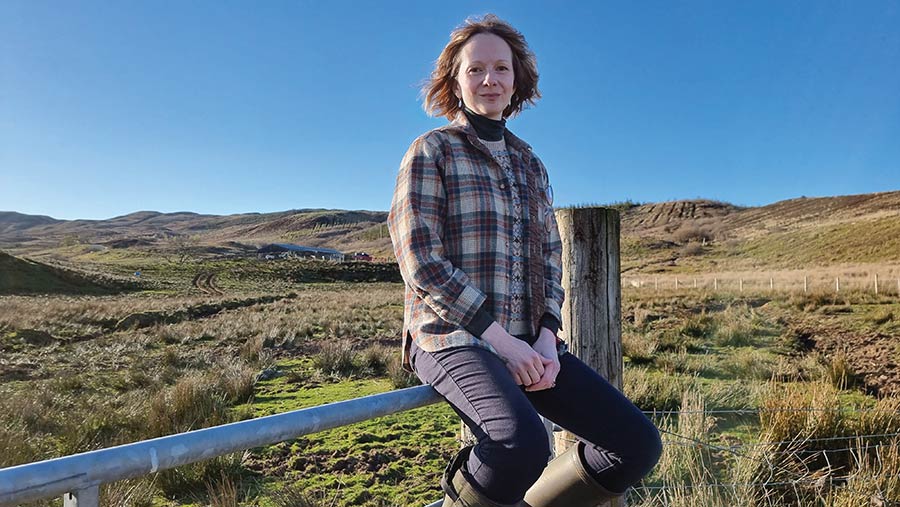Opinion: Single-interest thinking is bad for the countryside
 © Julia Stoddart
© Julia Stoddart When I was younger, older folk in my community complained that time was passing faster every year.
They also complained that we youngsters could save a lot of hassle by learning from the past instead of repeating old mistakes.
I’m sure we rolled our eyes at this, but it’s a curious feature of getting older that many of the things your grandparents talked about suddenly appear to be true.
See also: Opinion – views split over jailing of Herefordshire farmer
Just as time does go faster – is it really June already? – the land management sector is still failing to learn lessons that are nearly as old as the hills.
I was lucky to receive a comprehensive rural education at college nearly 20 years ago. We learned everything from soil science and carcass conformation to community engagement and multi-layered land use.
Holistic management was the theme: empathetic decision-making, accounting for all the facts.
Call me old-fashioned, but I still believe this is a sound strategy. The alternative is the siloed, single-interest thinking that caused many past mistakes in our countryside.
Consider the 1980s commercial afforestation of peatland in the Flow Country, primarily for tax efficiencies. Huge sums of money are being spent to undo the resultant damage to that land.
And we’re all familiar with other examples from the 20th century. First, land drainage was deemed by government to be good, but then it became bad so now we’re blocking those drains.
In the late 1940s we had a lime subsidy scheme, which local legend says helped convert acres of heather moorland, a habitat rarer than rainforest, to grass.
During the same period, hedges were grubbed up – which was a catastrophe, so now we’re paid to plant new ones.
Lately, I’ve been chatting to crofters about wading birds. Curlews, lapwings and their brethren haven’t done very well in the past two decades. The main reasons are nest disturbance, predation and land use change.
What drives land use change? See above – government policy. With its left hand, government is funding wader conservation efforts to help prevent localised extinctions.
With its right, it’s encouraging the planting of trees on crofts.
These crofts are, or were, in agricultural production. A traditional mix of livestock and small-scale arable cropping used to be supported by government grants.
Waders loved the bare springtime soil, the upland meadows and rough grazing. Waders don’t live in trees.
In fact, the presence of trees in wader habitat reduces breeding success. If you’ve ever applied for the Agri-Environment Climate Scheme (AECS), you’ll have noted that you’re not allowed to have trees near your wader options.
Trees can be good for carbon sequestration. They’re helpful for some types of biodiversity. But trees are not inherently better than all other kinds of habitat, and some of our most vulnerable species can’t abide them.
We shouldn’t be planting trees where this harms other important interests – that’s not an holistic approach.
We may look back in horror at afforestation of agricultural land, just as we cringe at the destruction of ancient hedgerows after the Second World War.
People talk a lot about sustainability, although there’s varied understanding about what that word means. Perhaps it’d be better to call it “common sense”, an increasingly antiquated concept.
But the older folks were right: we should be learning from past mistakes, not blindly repeating them in new policies.

